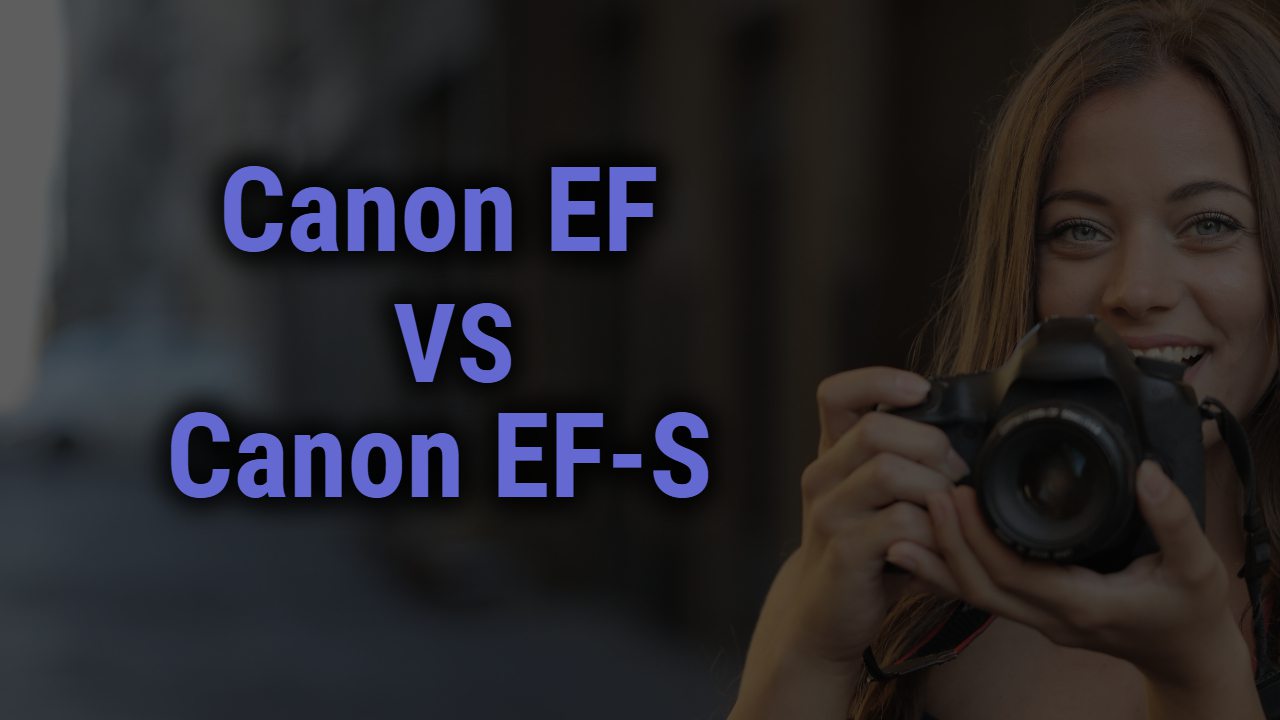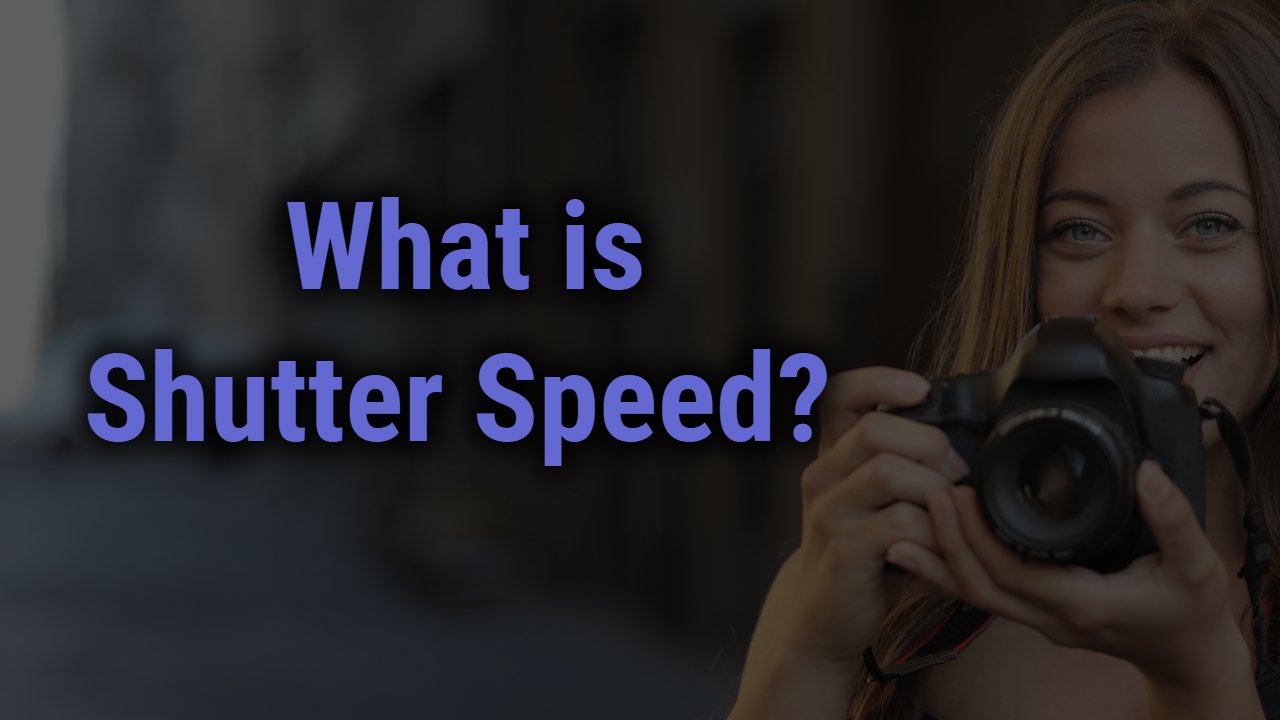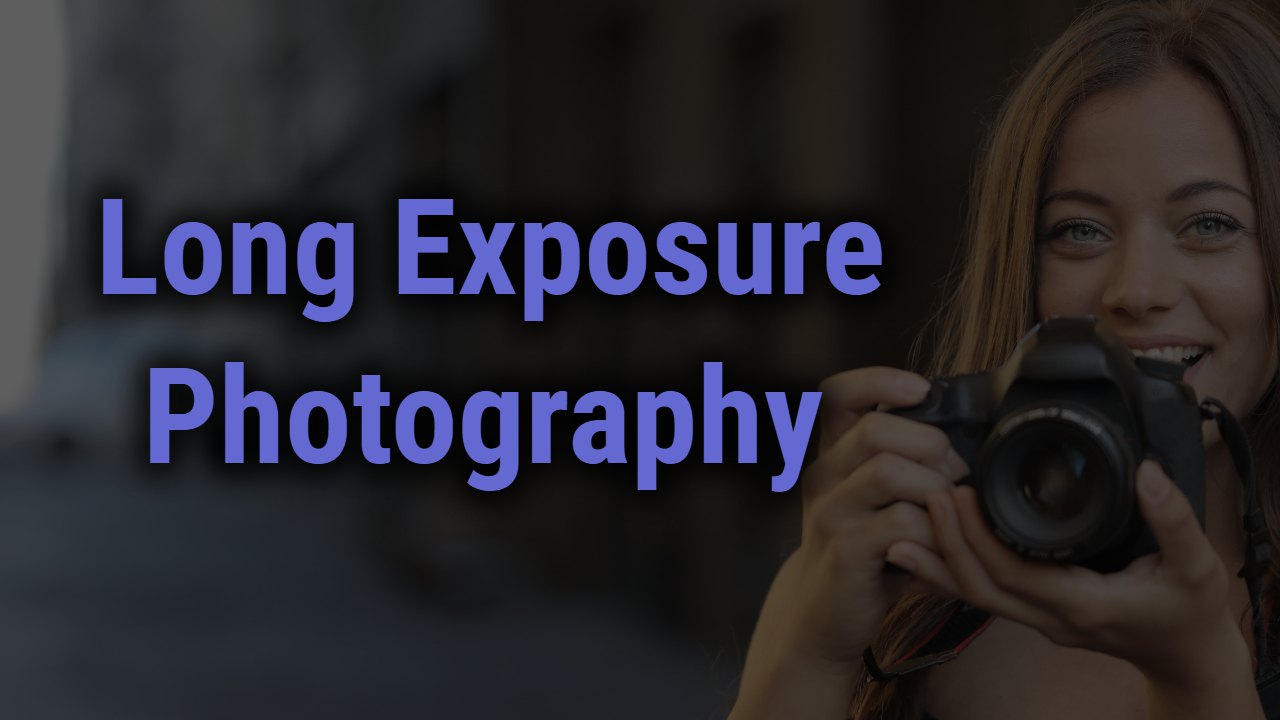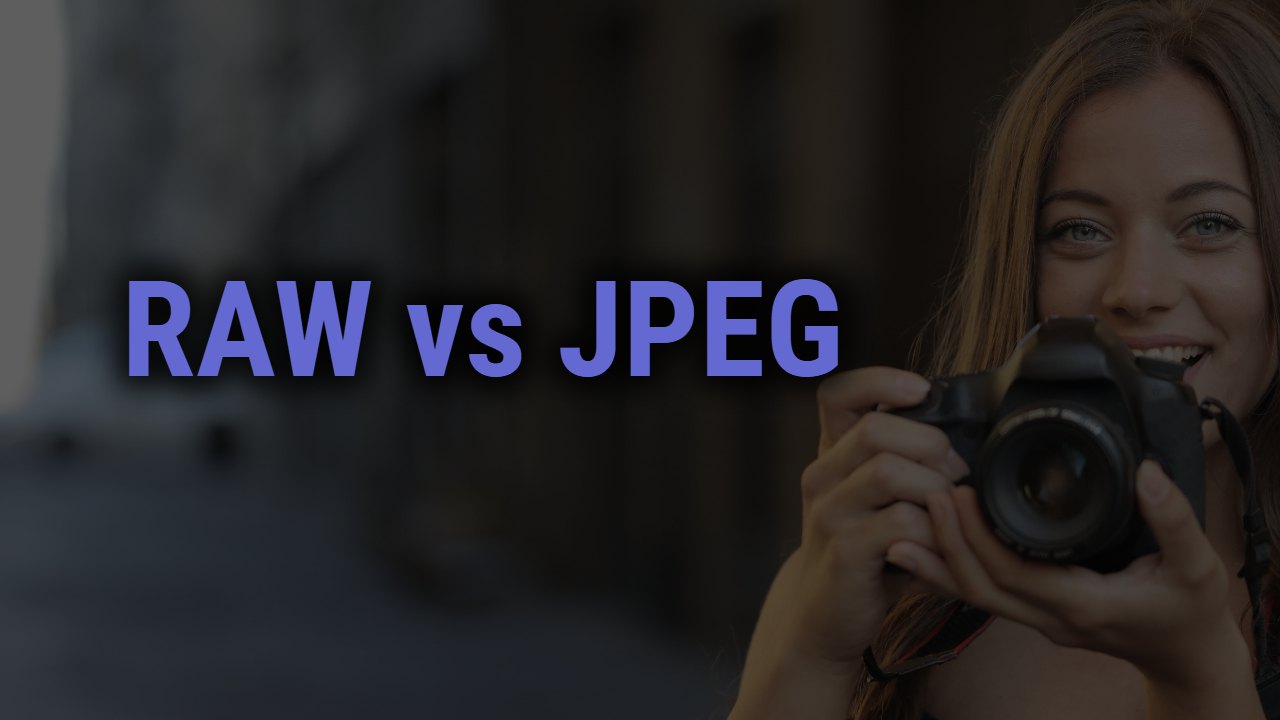Enthusiasts or professionals choosing between the EF or EF-S lenses task literally can take forever; each of these lenses serves a different purpose, differently featured for different cameras. But what are these EF and EF-S lenses?
Canon EF and EF-S lenses refer to the lens mount configured in the camera. Both of the lenses are professional-grade ones with over-the-top level optimal image performance. They both have superior durability and intuitive, innovative features.
But, like you, other people, including us, also got confused about how to differentiate between them. So we make the listing of their precise details so that we can separate them in conjunction.
This detailed article will be going to state all the essential points one should know about the EF and EF-S, the difference, the comparison, and which one is better.
This Post Contains
Understanding the Lens Mount
Remember that both EF and EF-S lenses are known and differentiated on the lens mount basis; So, so before you get to know more about these two lenses, let’s see what the lens mount is.
The lens mount is the space configured during the camera making, specialized for the attaching lens. The mount is the place where both camera and lens come in contact to create the strongest, most accurate working set-ups.
These lens mounts are created at the time of camera building by the manufacturers only. And they are entirely different for the different camera systems. Like Canon has EF, EF-S, EF-M, and RF lens mount, while Nikon has F-mount, Z-mount, etc.
Both cameras have lenses that have the mount through which they make the secure connection. Since we are talking about canon Lets, know a little more about the EF and EF-S lenses.
Canon EF lenses
These EF lenses are known for their versatile compatibility; they can be paired with either full-frame or APS-C sensor cameras. The name EF lenses subjectify as an “Electro-Focus” lens that uses all-electronic mechanics.
The mechanics were carried by electric motors integrated into the lens, allowing the focus to be carried by the lens itself. The EF lenses are the first ones to come after the oldest FD mount launch; they were introduced by the brand in 1987.
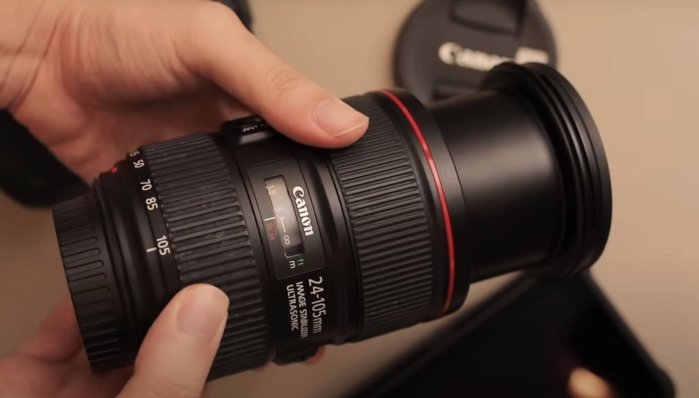
This lens can focus without any adapter attachment because it features a rear focusing design which is also responsible for the increased speed and performance. There is no mechanical entanglement or operation done in the lens.
These EF lenses are one of the most popular professional photographers considered for high-grade shooting. With the means of top-notch performance, the EF lenses have high-graded internal parts and algorithms, and it suits pro-leveled filmmakers only.
How to Recognize the EF lenses?
The traditional and most straightforward way of identifying EF lenses is just to check the size of the lens. EF lenses are supposedly bigger than EF-S.
You can also read the printed EF label on the outer barrel of the lens, or you can simply check the camera end opening size of the lens; due to the EF lens having a bigger internal diameter, the lens opening is almost near the camera; so you will know.
Advantages of EF lenses
- They are highly versatile
- They have the greatest compatibility counts
- They are professionally graded lenses
- They have better performance
Limitations of EF lenses
- Bigger in size
- Expensive
- Complicated configuration
Canon EF-S lenses
Canon EF-S lenses are the latest upgrade of EF lenses with better qualities and features. After years of the original, the Canon brand decided to come up with these extraordinary EF-S lenses in the 2000s (precisely in the year 2003).
These lenses are designed for an APS-C size sensor camera, but they can only be used on an APS-C sensor camera.
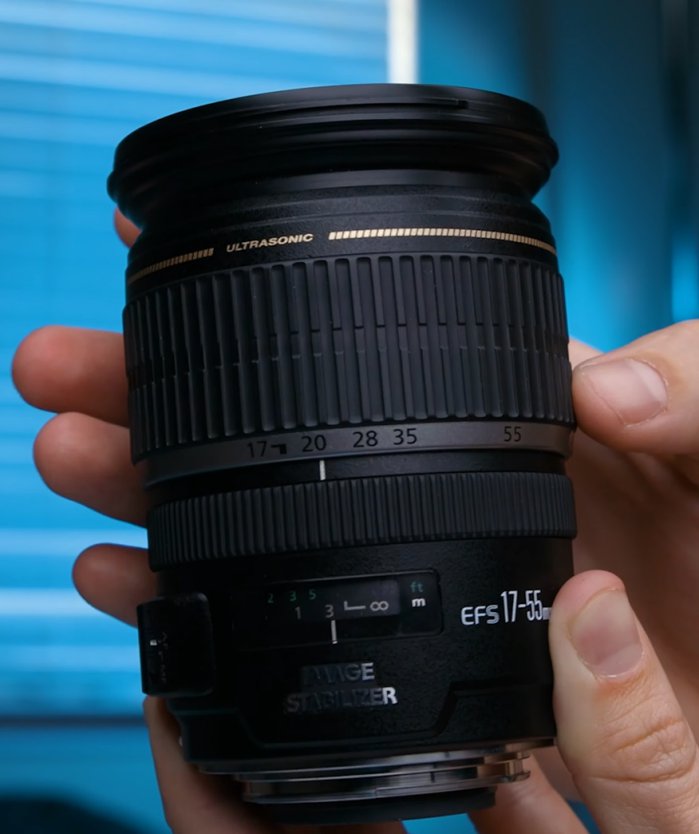
Like the EF lenses, this one too has electronic contacts, granting the camera body freedom to move and communicate with each other to adjust the basic settings. However, these EF-S lenses are configured for making a small image circle adapt to the creativity of the camera.
EF-S lenses are quite user-friendly; they are not composed with higher configuration and are best for beginner consumer-grade filmmaking.
How to Recognize the EF-S Lenses
The simplest and easiest, check the lens size; if smaller, the lens is an EF-S lens. The other one is you see the outer barrel of the lens precisely; figure out the printed writing on the lens itself. If not, just take a look at the opening size of the camera end at the lens.
Now, if the lens has a smaller internal diameter and the lens opens a little away from the camera, then your lens is an EF-S lens.
Advantages of EF-S lenses
- They are compact in size
- They have the pocket-friendly budget
- They are easiest at handling
- They are low maintenance.
Limitations of EF-S lenses
- Lack versatility
- Low image quality
- Compatibility
Which should you consider purchasing?
So here it is, all the essential details you need to know about the Canon EF and EF-S lenses; However, this doesn’t state which of them is better and which one you should get.
Let’s make this crystal clear and clear all the left-over doubts. Here are some major differences between EF and EF-S lenses.
Coverage compatibility– The EF lenses are designed with higher compatibility, meaning they can be paired with either full-frame cameras or APS-C or Crop sensor cameras. But EF-S lenses are the modified version only suited for crop sensor APS-C cameras.
Depth field– The EF lenses have a narrower field of view than the full-frame and APS-C cameras, which is highly appreciable by wildlife, action, sport, and travel photographers. But the landscape shooter might prefer EF-S lenses with the widest field of view.
Build – Since EF lenses are built with professionals or advanced amateurs in mind, they considerably have the strongest build surrounding immense strength. Top-notch industrial-graded materials are used in the building, and they are with the longest longevity. But EF-S lenses are just an ordinary model.
Size– Apart from the rigid building, the EF lenses are still stuck with the biggest sizing, whereas the EF-S modernity makes the lens compact and small in size, easiest to be attached with any camera, and stored when not in use.
Weight– Like the size, the EF-S lenses have another win when it comes to the weight of the lens. The heavy feature directs from the biggest mechanism that explains the heaviest weight of EF lenses. So yeah, EF-S is better with the maneuverability aspect consisting of the lightest weight possible.
Price– since the EF lenses are loaded with tons of advancement and smart upgradation; the rise in the price is reasonable so that you can appreciate every penny worthy in EF lenses; but with the tight budget, EF-S lenses are a perfect way to go.
Image circle– The EF lens is the winner because they have a wider image circle (circle of projection) and they cover a larger area of a big sensor; while the EF-S lens has a narrower image circle and they have a lesser area covered on the sensor.,
Image Quality– The advanced EF lenses have the best image quality unquestionably; the intellectual algorithm and feature dedicatedly works hardest to bestow better picture quality in the EF lenses either with full-frame or APS-C. The EF-S lenses have average image quality, but sometimes they expel heavy vignettes with heavy camera pairing.
Usage– The EF lenses are top-graded lenses that are configured for professionals only because of their complicated but intuitive strategies. The EF-S lens, on the other hand, has the easiest and most straightforward handling with the least maintenance suited best for amateurs.
Type of photography– If you are working on a professional-grade photography style like sports, animal, action, wildlife, and wedding, EF lenses are best to go with the greatest quality and performance. But for landscapes and architecture, pick the EF-S lens, and the longest portrait EF-S is definitely a real deal with APS-C equivalent focal length.
Versatility– Nothing can beat the unquestionable shooting techniques of the EF lens, not even the EF-S with its all modernity and upgradation. So yeah, the EF lens obviously has tons of features you can rely on, while the EF-S limits its power.
Best Among all
Now that you know the worth, the potential, and the creativity of both of the lenses, you might be already on the edge of welcoming either of them to your digital collection as an enhancer to your photography skill.
So here are a few best suggestions for Canon EF and Canon EF-S lenses that you can consider buying for unleashing your artistic expectation in action.
Best EF Lenses
Canon EF 24-70 f/2.8 lens
Canon EF 70-200mm F/4.0 Lens
Best EF-S lenses
Canon EF-S 18-55mm Kit Lens
Canon EF-S 10-18 Wide Angle lens
Final words
So that’s it; this is all we have about EF and EF-S lenses, and logically enough to tell the differences. EF lenses are versatile in the term, while the EF-S lens is limited in their compatibility. EF- S is an affordable option, while EF can really break your wallet. They both are similar, and they both are different.
Many photographers don’t see the dominant differences between these two prominent lenses, but you are not that ordinary photographer now, are you? You can now see the whole page and understand why EF and EF-S lenses both have their different places. No matter whether they both offer the greatest convenience and optics.

